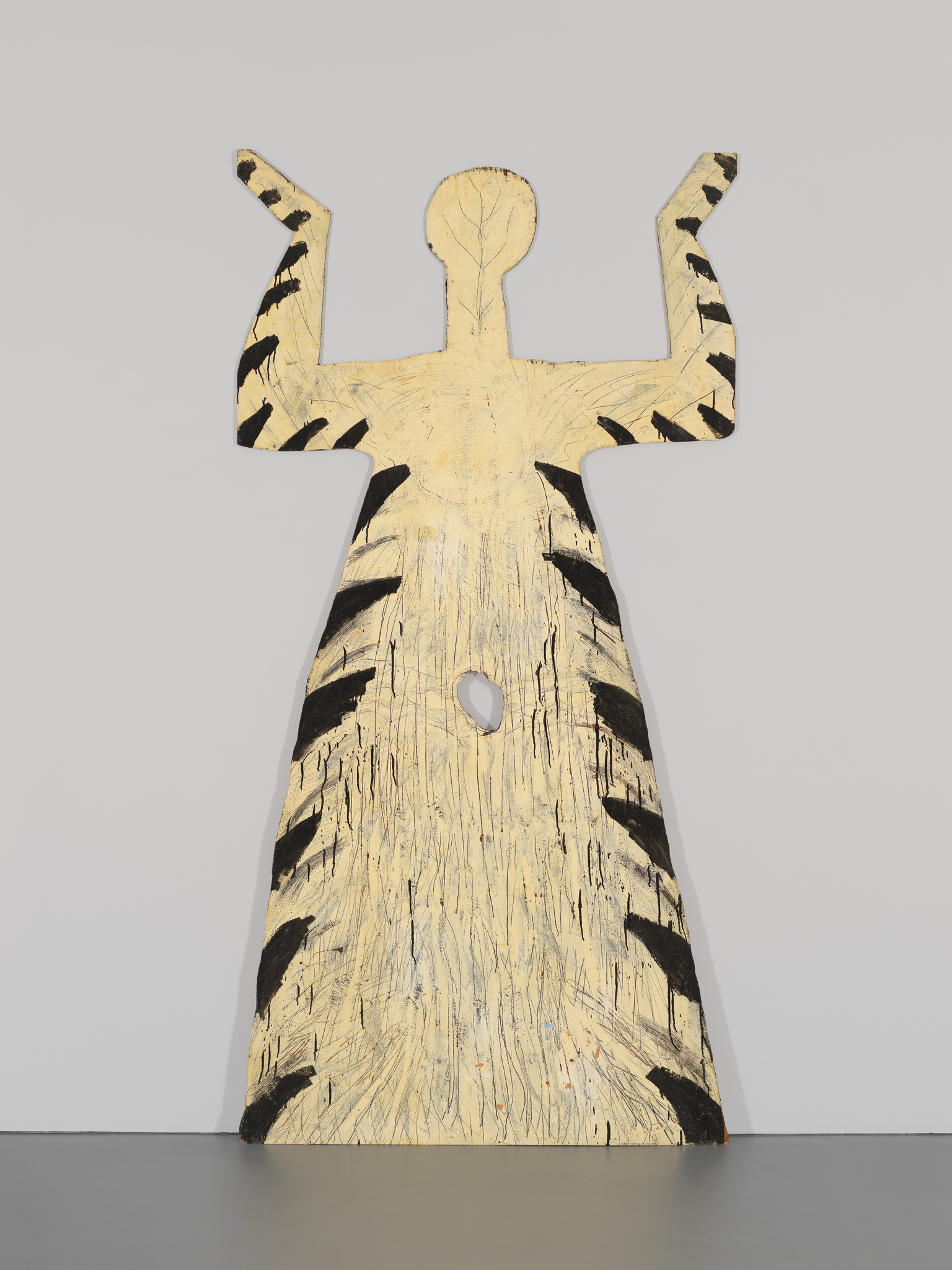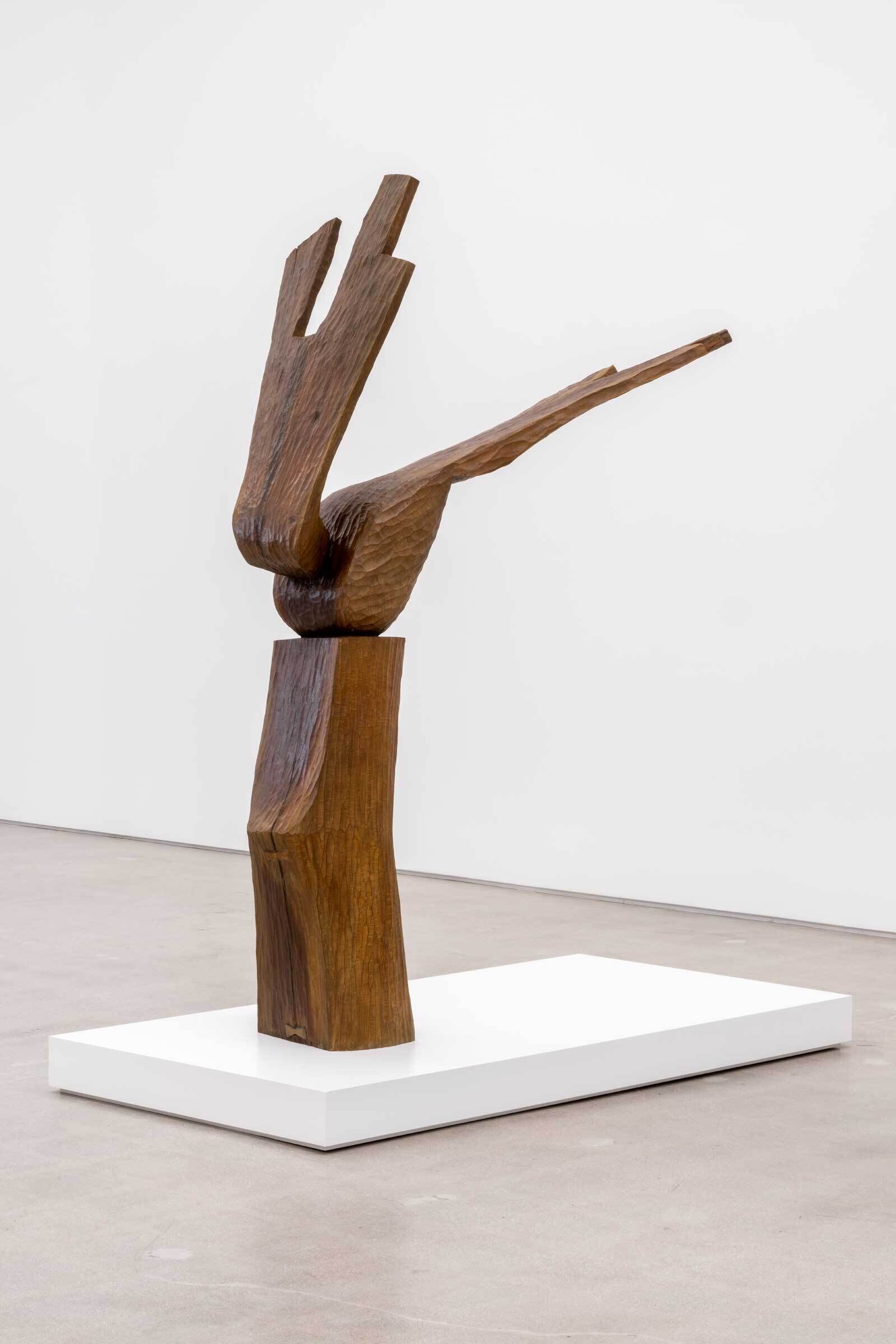Inheritance | Art & Artists
June 28, 2023–Feb 4, 2024
Inheritance | Art & Artists
Ancestral Memory
5
The relatively short span of an individual human life exists in parallel with the inheritance of ancestral memory across generations. Focusing primarily on the global South and Indigenous communities across the world, where the dual forces of colonialism and imperialism have often disrupted cultural practices and continuity across generations, the works in this gallery tap into this deeper, and perhaps nonlinear, sense of time, looking at some of the origins of culture and belief through geography, history, and ideology. Whether examining the retention of African iconographies and artistic traditions in diasporic communities, goddess archetypes, or Indigenous creation myths and mythological figures from the Americas, these artists consider their continued presence and impact in the contemporary world. The works on view here collectively tell a story of a resilient and shared human past, which reverberates into the present.
Artists
- Ephraim Asili
- Sadie Barnette
- Kevin Beasley
- Diedrick Brackens
- Beverly Buchanan
- Widline Cadet
- Andrea Carlson
- Jonathan Lyndon Chase
- Ralston Crawford
- Mary Beth Edelson
- John Edmonds
- Kevin Jerome Everson
- Chitra Ganesh
- Todd Gray
- Wade Guyton
- David Hartt
- Emily Jacir
- Wakeah Jhane
- Mary Kelly
- Deana Lawson
- An-My Lê
- Maggie Lee
- Sherrie Levine
- Dindga McCannon
- Ana Mendieta
- Thaddeus Mosley
- Lorraine O'Grady
- Kambui Olujimi
- John Outterbridge
- Pat Phillips
- Faith Ringgold
- Sophie Rivera
- Carissa Rodriguez
- Cameron Rowland
- Sturtevant
- Clarissa Tossin
- Kara Walker
- Joan Wallace
- WangShui
- Carrie Mae Weems
- Hank Willis Thomas
- Bruce and Norman Yonemoto






